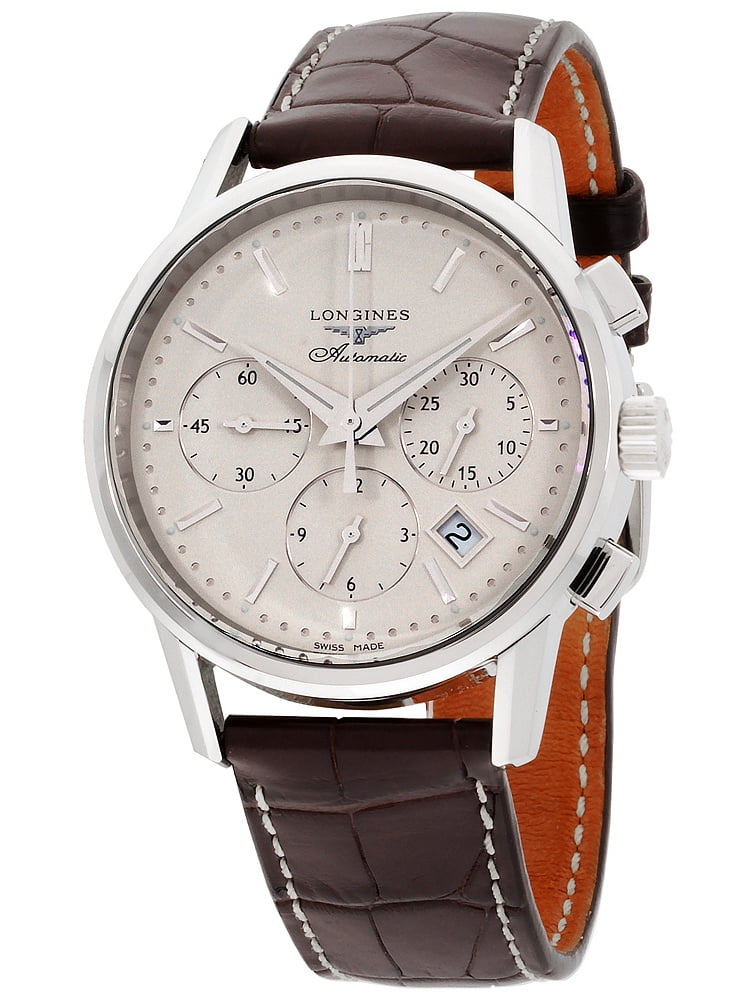

“The motto at the time at Longines was that the technicians were the bosses.

“The spirit of the company changed in the 1970s,” Von Känel, who retired in June 2020, revealed during a rare interview at the Longines offices in 2019. One does not hold on to such a role in today’s ultra-competitive luxury watch industry without having a strong grasp on what the customer wants - even if you occasionally need to be convinced. Of all the watch-world semicentennial milestones that were lavishly commemorated in 2019 - from the first quartz watch to the launches of the Monaco and El Primero - one such anniversary passed by relatively quietly: 50 years since Walter Von Känel joined Longines, founded and still headquartered in his hometown of Saint-Imier and for which he served as CEO starting in 1988. One watch brand, however, has been servicing this audience longer than most, and with a greater variety of styles: Longines, which traces its history back to 1832 and which began seeing the writing on the wall for the vintage revival as early as the late 1980s. Fueled by the growth of the pre-owned market and high-profile watch auctions, modern re-creations of vintage timepieces from the early to mid-20th century have proliferated across the industry for nearly a decade now, with just about every brand mining its past for pieces that might appeal to the retro-look tastes of today’s consumer. Trends come and go in the watch world, but the trend toward nostalgia has proven to possess more staying power than most.

Much of the Heritage collection is inspired by vintage pieces in the Longines Museum in Saint-Imier, Switzerland In this feature from the WatchTime archives, we explore the origins, inspirations, and varied offerings of Longines’s ever-expanding Heritage Collection. The vintage-look trend continues apace, and one watch brand has devoted an entire family within its portfolio to resurrecting timepieces from its long and creative history.


 0 kommentar(er)
0 kommentar(er)
